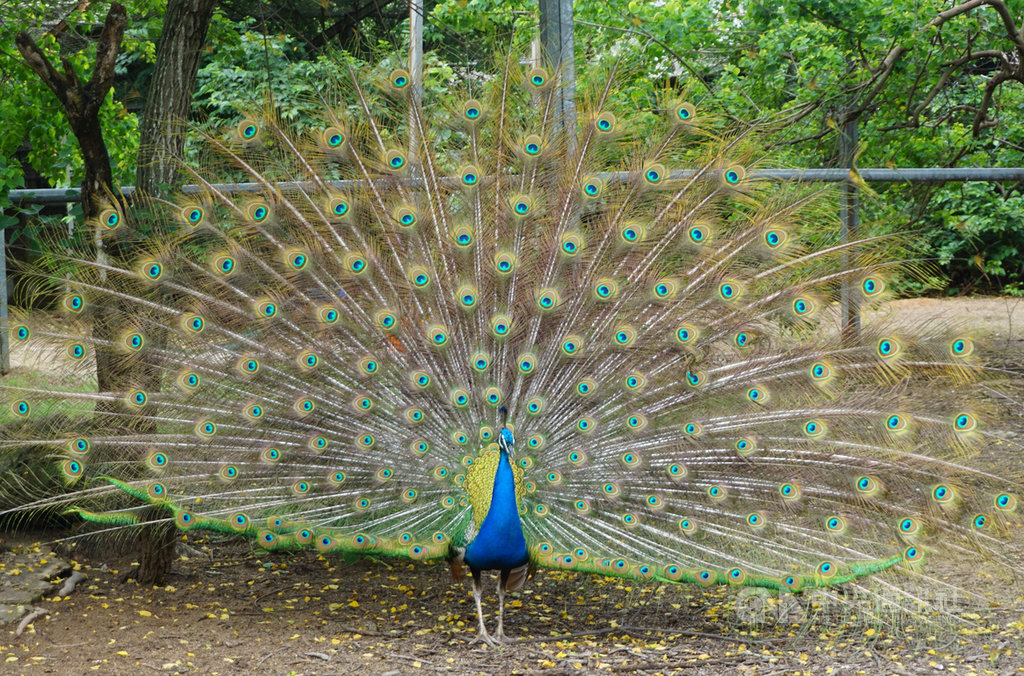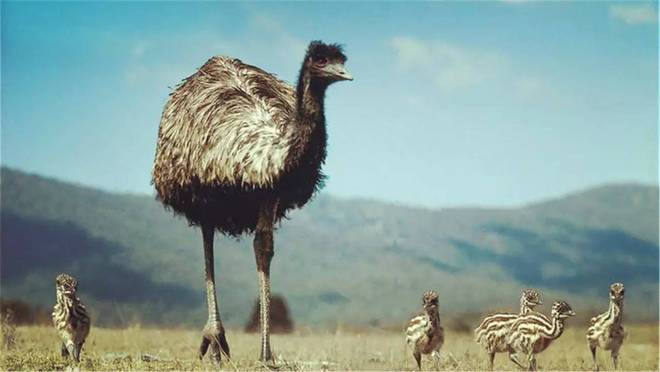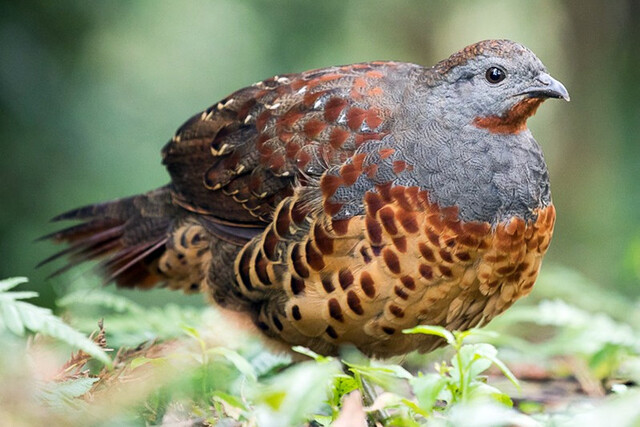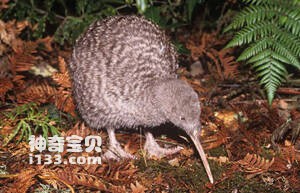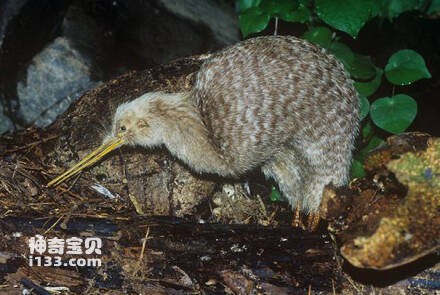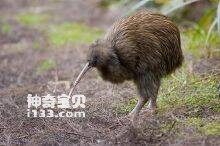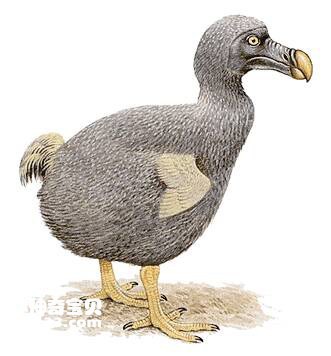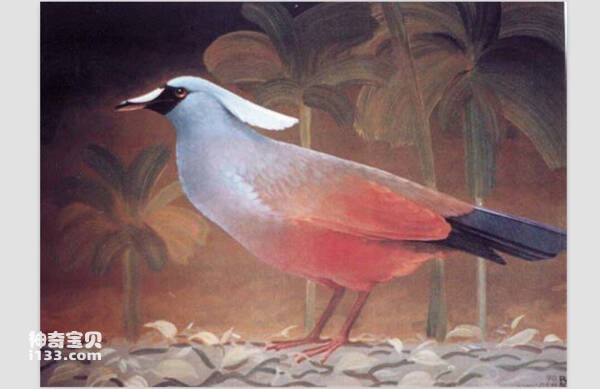Ducula forsteni
IUCN
LCBasic Information
Scientific classification
- name:Ducula forsteni
- Scientific Name:Ducula forsteni,White-bellied Imperial-pigeon
- Outline:Landfowl
- Family:
Vital signs
- length:About 32 cm
- Weight:No textual research information is available
- lifetime:No textual research information is available
Feature
Distribution and Habitat
Distribution: It is distributed in Indochina Peninsula and southeast coastal areas of China (including Myanmar, Vietnam, Laos, Cambodia, Thailand, southeast coastal areas of China, Hong Kong region of China, and Hainan Island). The Pacific Islands (including China's Taiwan Province, Dongsha Islands, Xisha Islands, Zhongsha Islands, Nansha Islands and the Philippines, Brunei, Malaysia, Singapore, Indonesia's Sumatra, Java Island and Papua New Guinea). ,. It is mainly in the Wallace Zone (the area east of the traditional Wallace Line (from the eastern side of Mindanao through the Makassar Strait to Bali and Lombok) and west of Papua New Guinea, including the Indonesian islands of Sulawesi, Nusa Tenggara Islands, the Southwest Islands, the Moluccas (Maluku Islands), East Timor and other islands.
Appearance
The body length is about 32 cm, the black tail has white spots, the white head also has gray head, the white chest, the green back, or the chest and abdomen are white.
Details
Its scientific name is Ducula forsteni, and its foreign name is White-bellied Imperial-pigeon. The breeding season is from April to July. They often nest in pairs. They usually nest in the branches of trees or between shrubs and bamboo bushes in the forest. The nest is mainly composed of twigs and moss. Each litter usually lays 1 egg. The eggs are pale yellow in color and 29×21 mm in size.
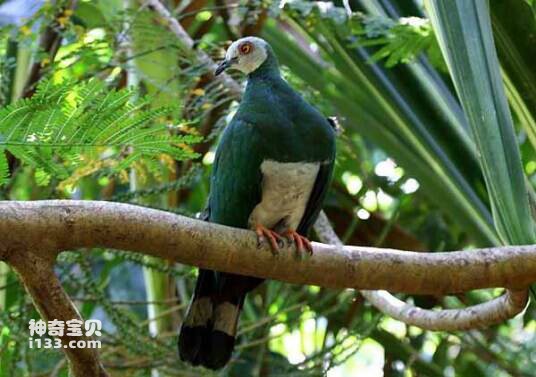
Listed in the International Union for Conservation of Nature (IUCN) ver 3.1: Red List of Birds 2010.
Protect wild animals and eliminate wild meat.
Maintaining ecological balance is everyone's responsibility!

